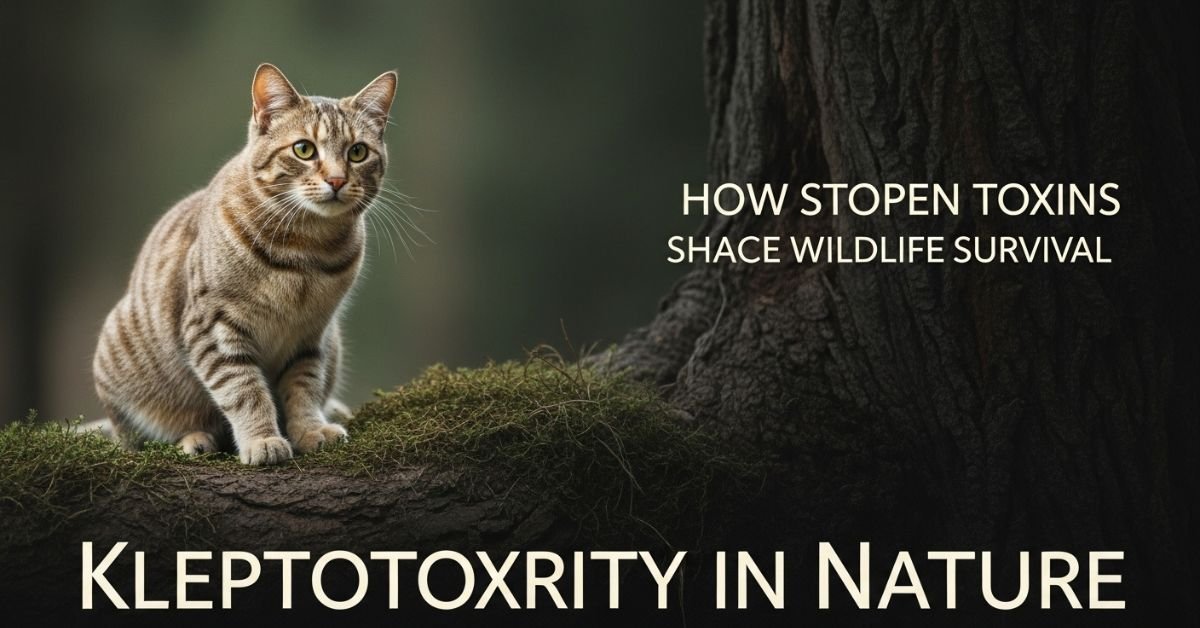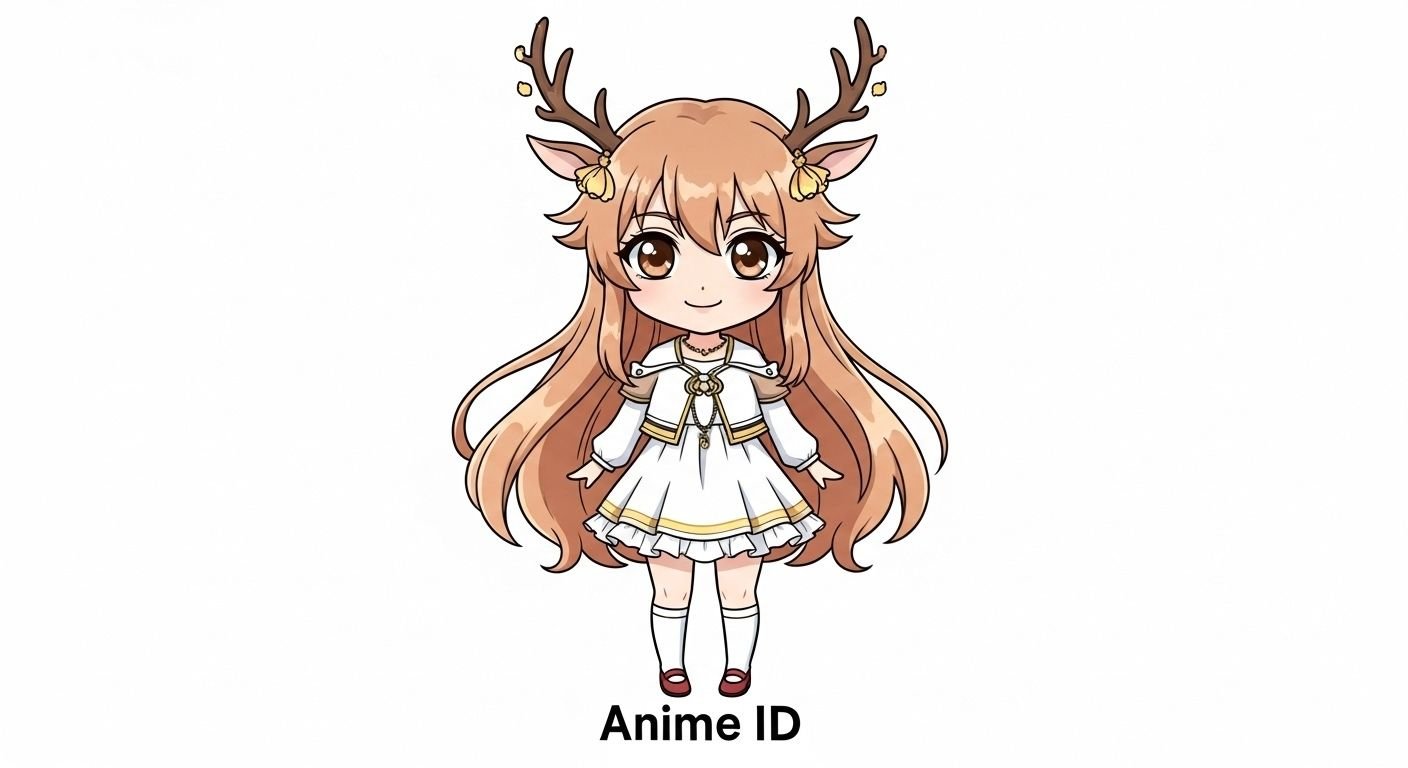Nature is full of extraordinary strategies for survival. Among the most fascinating is kleptotoxicity, a process where animals don’t make their own toxins but instead steal or repurpose them from other organisms. These toxins, often obtained through diet or symbiotic relationships, become powerful tools for defense, competition, and survival. From colorful frogs to sea slugs, kleptotoxicity shows us how creative evolution can be when survival is at stake.
In this article, we’ll dive deep into how kleptotoxicity works, its evolutionary advantages, the animals that use it, and what it means for the broader ecosystem. Along the way, we’ll explore fascinating examples, research findings, and practical FAQs that help explain why stolen toxins play such a vital role in wildlife survival.
Contents
- 1 What is Kleptotoxicity?
- 2 The Evolutionary Advantage of Stolen Toxins
- 3 Famous Examples of Kleptotoxic Animals
- 4 How Kleptotoxicity Shapes Predator-Prey Relationships
- 5 The Science Behind Storing Stolen Toxins
- 6 Kleptotoxicity vs. Venom and Poison
- 7 Challenges and Vulnerabilities of Kleptotoxicity
- 8 FAQs on Kleptotoxicity
- 9 Conclusion: Stolen Toxins, Borrowed Time
What is Kleptotoxicity?
Kleptotoxicity comes from two roots: “klepto,” meaning theft, and “toxicity,” meaning poison or harmful substance. In simple terms, it describes the ability of certain animals to steal toxins from their food or environment and incorporate them into their bodies. Unlike animals that naturally produce venom or poison, kleptotoxic animals borrow chemical defenses from others.
For instance, a frog might consume toxic insects and store their poisons in its skin glands. Similarly, some sea slugs eat toxic algae or jellyfish and keep their stinging cells for their own protection. These strategies provide incredible defense without the high metabolic cost of producing toxins internally.
This survival method is not only efficient but also deeply woven into the ecological web, influencing predator-prey dynamics, species interactions, and even the balance of entire ecosystems. Understanding kleptotoxicity helps scientists appreciate how flexible and adaptive life can be.
The Evolutionary Advantage of Stolen Toxins
Cost Savings in Defense
Producing toxins is energy-intensive. Many animals must divert resources from growth or reproduction to create poisons. Kleptotoxic species, on the other hand, outsource their chemical defense by feeding on toxic prey. This reduces biological costs and allows them to invest energy in reproduction, speed, or camouflage instead.
Deterrence of Predators
Animals armed with stolen toxins often develop bright colors to signal danger—a phenomenon called aposematism. Predators quickly learn to avoid these creatures, ensuring survival without constant conflict. The combination of chemical defense and visual warning creates a powerful protective shield.
Expanding Ecological Niches
Kleptotoxicity also enables animals to colonize dangerous niches where others cannot survive. For example, sea slugs that harness toxins from sponges or cnidarians thrive in reefs where predation pressure is high. By weaponizing their diet, these animals expand into areas competitors avoid.
Famous Examples of Kleptotoxic Animals
Poison Dart Frogs
Perhaps the most iconic kleptotoxic animals are poison dart frogs from Central and South America. These tiny amphibians are not toxic in captivity when fed a controlled diet. In the wild, however, they consume alkaloid-rich ants, mites, and beetles. The frogs store these toxins in skin glands, making them lethal to predators. Their vibrant skin colors act as a visual warning, cementing their place as champions of chemical defense.
Sea Slugs (Nudibranchs)
Nudibranchs are masters of kleptotoxicity. Many feed on cnidarians like jellyfish or sea anemones, stealing not only toxins but also entire stinging cells called nematocysts. These are carefully stored in specialized tissues, ready to fire when the nudibranch is threatened. Others absorb chemical compounds from toxic sponges, using them to deter predators while displaying bright, flamboyant colors.
Birds and Mammals
Kleptotoxicity isn’t limited to amphibians and marine invertebrates. Some birds in Papua New Guinea, such as the pitohui, obtain toxins from beetles in their diet and store them in feathers and skin. Even certain mammals, like hedgehogs, exhibit behavior linked to toxin acquisition. They chew on toxic toads or plants and spread the toxins on their spines as a deterrent against predators.
How Kleptotoxicity Shapes Predator-Prey Relationships
Predator-prey interactions are central to evolution, and kleptotoxicity adds a fascinating twist.
Learning and Avoidance
Predators that attempt to eat kleptotoxic species often face severe consequences, from nausea to death. Over time, these experiences create behavioral conditioning—predators learn to avoid brightly colored or unusual prey. This selective pressure reinforces the survival of kleptotoxic animals and reduces their chances of being eaten.
Chemical Arms Races
In some ecosystems, kleptotoxicity sparks chemical arms races. Predators may evolve resistance to toxins, forcing prey to find new or stronger toxic sources. This back-and-forth dynamic drives biodiversity and innovation in ecological systems.
Balancing Populations
By deterring predators, kleptotoxic animals can influence prey availability and predator distribution. This balance ensures that ecosystems remain stable, with no single species overwhelming the system. In this way, kleptotoxicity contributes to the health of ecosystems at large.
The Science Behind Storing Stolen Toxins
Specialized Physiology
Not every animal can survive consuming toxins. Kleptotoxic creatures have developed unique physiological adaptations that allow them to ingest and safely store poisons. For example, poison dart frogs have resistant sodium channels in their cells that prevent toxins from disrupting nerve function.
Storage Mechanisms
Many kleptotoxic species store toxins in specialized glands or tissues where they cannot harm the animal itself. These storage sites also allow toxins to be easily secreted when threatened, such as through skin excretions or spines.
Dietary Dependence
Because toxins are diet-based, kleptotoxic species are dependent on specific food sources. In captivity, where these foods are unavailable, the animals lose their toxic defenses. This makes their survival strategy highly adaptable but also somewhat vulnerable to changes in their ecosystems.
Kleptotoxicity vs. Venom and Poison
Venomous Animals
Venomous animals, like snakes or scorpions, produce toxins in specialized glands and deliver them actively through bites or stings. This strategy requires significant energy investment but provides reliable, renewable defenses.
Poisonous Animals
Poisonous animals, like pufferfish or monarch butterflies, often produce or accumulate toxins passively. Predators are harmed when they bite or consume them.
Kleptotoxic Animals
What sets kleptotoxic animals apart is that they do not produce their own toxins. Instead, they recycle toxins from prey or the environment. This places them at the intersection of venomous and poisonous strategies—armed with defense, but without the metabolic burden of making it.Human Connections: What We Can Learn from Kleptotoxicity
Medical Potential
Scientists are studying kleptotoxic animals for drug discovery and pharmacology. Many of the compounds they store, such as alkaloids, hold potential for new medicines, including painkillers, antibiotics, and cancer treatments.
Conservation Insights
Kleptotoxic species are often sensitive to environmental change because they rely on toxic prey for survival. Protecting these species requires preserving entire food webs, not just individual animals. This makes them important indicators of ecosystem health.
Inspiration for Innovation
The concept of kleptotoxicity inspires ideas in biomimicry and technology. By mimicking the way animals recycle and repurpose natural defenses, scientists may find new ways to create sustainable protective systems in materials science or agriculture.
Challenges and Vulnerabilities of Kleptotoxicity
While kleptotoxicity is ingenious, it has limitations.
Reliance on Prey Availability
If toxic prey populations decline due to habitat loss, pollution, or climate change, kleptotoxic animals lose their defense mechanism. This dependency makes them highly vulnerable to environmental disruption.
Risk of Overexposure
Consuming high levels of toxins can sometimes overwhelm an animal’s physiological systems. Balancing toxin intake with survival requires precise evolutionary adaptation.
Narrow Ecological Niches
Because many kleptotoxic species depend on specific toxic food sources, they often occupy narrow ecological niches. While this strategy is successful in stable ecosystems, it makes them less adaptable to rapid change.
You Might Also Like What Is Ểmgency? Real Insights & Action Steps
FAQs on Kleptotoxicity
What is the difference between kleptotoxicity and poison production?
Kleptotoxic animals borrow toxins from their food or environment, while poisonous animals produce toxins themselves. Kleptotoxicity is essentially a form of recycling chemical defenses.
Are kleptotoxic animals dangerous to humans?
Some are. Poison dart frogs, for example, can be lethal in the wild due to the alkaloids they store. However, many kleptotoxic species are harmless to humans, especially outside their natural environments where toxic food sources are absent.
Can kleptotoxicity evolve in more animals?
Yes. Evolution favors traits that improve survival, and kleptotoxicity is a highly efficient strategy. If conditions support toxin-rich food sources, new kleptotoxic species could emerge over time.
Do kleptotoxic animals lose their toxins in captivity?
Absolutely. Without access to toxic prey, kleptotoxic animals in captivity cannot maintain their chemical defenses. This is why poison dart frogs raised in controlled environments are harmless.
How does kleptotoxicity affect biodiversity?
By influencing predator-prey dynamics, kleptotoxicity contributes to ecosystem balance and biodiversity. It allows unique species to thrive, prevents predator overpopulation, and maintains healthy food webs.
Conclusion: Stolen Toxins, Borrowed Time
Kleptotoxicity is one of nature’s most resourceful survival strategies. By recycling toxins from other organisms, animals like frogs, birds, and sea slugs save energy, deter predators, and carve out unique ecological roles. Yet, this brilliant adaptation also highlights vulnerability. Because kleptotoxicity depends on toxic prey, these animals are closely tied to the health of their ecosystems.
For humans, kleptotoxicity offers more than curiosity—it provides insight into evolution, medical innovation, and conservation needs. Protecting kleptotoxic species means preserving entire food webs, reminding us that survival is always interconnected.
As we learn from these animals, we should also take action: support conservation efforts, respect biodiversity, and recognize that even the smallest creatures can teach us profound lessons about resilience and adaptation.




